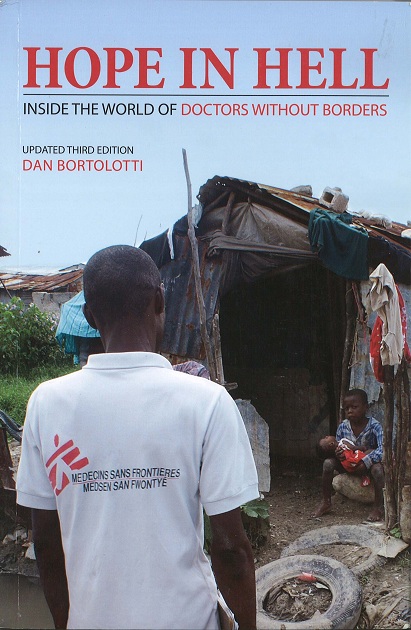
Hope in Hell: Inside the world of Doctors without Borders
Firefly Books 2010
RRP $24.95
Reviewed by Marian Zaunbrecher.
As a mother of a Non-Government Organisation (NGO) member, I am aware of the difficulties faced by these organisations. Disease and injustice co-exist within political, cultural and social parameters about which the NGO must remain neutral in order to retain effectiveness.
Hope in Hell chronicles the struggle for one humanitarian aid agency, Médecins Sans Frontières (MSF), to walk this tightrope over the past 40 years.
MSF was born in 1971 in France out of a doctor's experience of the Biafra crisis in Nigeria. The group was determined to provide medical assistance in the midst of war, famine, natural disasters, and persecution.
The larger-than-life personalities of its founders and workers, often in conflict, continued to dominate the 40 years of humanitarian work in over 80 countries.
The organisation is non-hierarchical with five main centres in Europe and North America.
In 1999 MSF was awarded the Nobel Peace Prize for its humanitarian work, but as the writer says, "From Biafra to the ongoing conflicts in Sudan, four decades of intervention have muddied whatever moral clarity may have once existed in MSF." Hope in Hell is a fascinating book, documenting the history of the organisation as well as the dangers, disasters and doggedness of the workers; not only doctors and nurses, but educators, logicians, accountants and engineers.
 JourneyOnline
JourneyOnline






